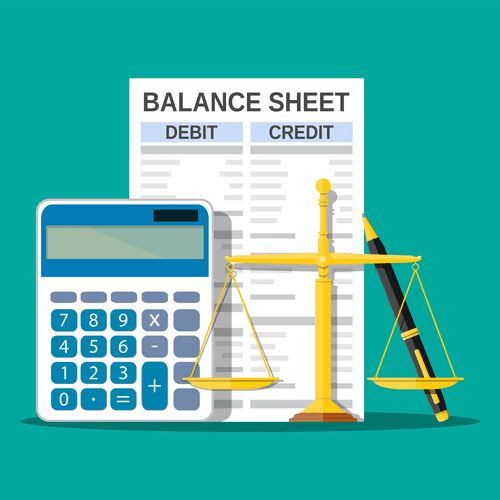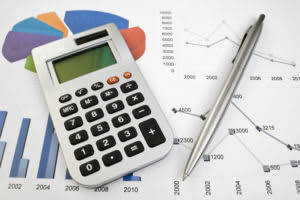
This method involves obtaining an independent report of the asset’s value at the end of its useful life. This may also be done by using industry-specific data to estimate the asset’s value. It Online Bookkeeping just needs to prospectively change the estimated amount to book to depreciate each month. So, total depreciation of $45,000 spread across 15 years of useful life gives annual depreciation of $3,000 per year. From this, we know that a salvage value is used for determining the value of a good, machinery, or even a company. It is beneficial to the investors who can then use it to assess the right price of a good.
- The depreciable amount is like the total loss of value after all the loss has been recorded.
- Salvage value estimation has been a part of asset management practices for as long as businesses have needed to account for the depreciation of their assets.
- If a company expects that an asset will contribute to revenue for a long period of time, it will have a long, useful life.
- Salvage value is a foundational component in calculating depreciation, determining how an asset’s cost is allocated over its useful life.
- And the depreciation rate on which they will depreciate the asset would be 20%.
- Scrap value might be when a company breaks something down into its basic parts, like taking apart an old company car to sell the metal.
How to Calculate the Salvage Cost of a Car
Enter the asset name, purchase price, purchase date, and expected useful life.2. Click “Calculate Salvage Value” to see the estimated salvage value based on straight-line depreciation.3. Use the eBay market check feature to compare your salvage value estimate with current market prices.4.
Practical examples of salvage value calculation
It will always be lower than it, typically less than half its original price. Therefore, businesses have this practice of selling their assets after they have run their effective useful life span. This life span is the estimated time till which assets will be useful, measured in years. Several factors influence the estimation of salvage value, which can fluctuate over an asset’s lifespan. Economic conditions are a primary consideration, as they can alter the resale value of an asset.

2.1 Determining the useful life of an asset
- These examples highlight why salvage value is an important financial estimate.
- It just needs to prospectively change the estimated amount to book to depreciate each month.
- Salvage value is defined as the book value of the asset once the depreciation has been completely expensed.
- It’s essential to keep accurate records of the asset’s depreciation and salvage value to ensure you’re taking advantage of the correct tax deductions.
- Salvage yards usually determine vehicles’ value according to weight and materials, relying on scrap metal prices to guide their offer.
- Understanding your salvage car’s worth will ensure you make confident and fully informed decisions whether buying, selling, or repairing.
All information published on this website is provided in good faith and for general use only. Any action you take based on the information found on cgaa.org is strictly at your discretion. CGAA will not be liable for any losses and/or damages incurred with the use of the information provided.
- Though there is no precise formula for calculating an asset’s salvage value, two methods are commonly used in practice.
- Auditors should examine salvage value levels as part of their year-end audit procedures relating to fixed assets, to see if they are reasonable.
- By accurately determining the salvage value, the company can make informed financial decisions, plan for future asset replacements, and ensure proper accounting practices.
- This ensures a precise calculation of depreciation expenses, which ultimately impacts the estimated salvage value.
- In declining balance depreciation, businesses often ignore salvage value until the end of an asset’s life.

Or, if they want to show more expenses early on, they might use a balance sheet method that makes the item lose more value at the beginning (accelerated depreciation). Some companies say an item is worth nothing (salvage value of $0) because they think it has paid for itself by making money over time. Remember, accurate salvage value assessment requires a blend of data analysis, industry knowledge, and practical judgment. Regularly review and update salvage value estimates to align with changing market dynamics. By following these best practices, you’ll make informed decisions that benefit your organization’s financial health. Remember, the goal isn’t to make a perfect prediction (that’s almost impossible) but to make a solid estimate that helps you plan.

